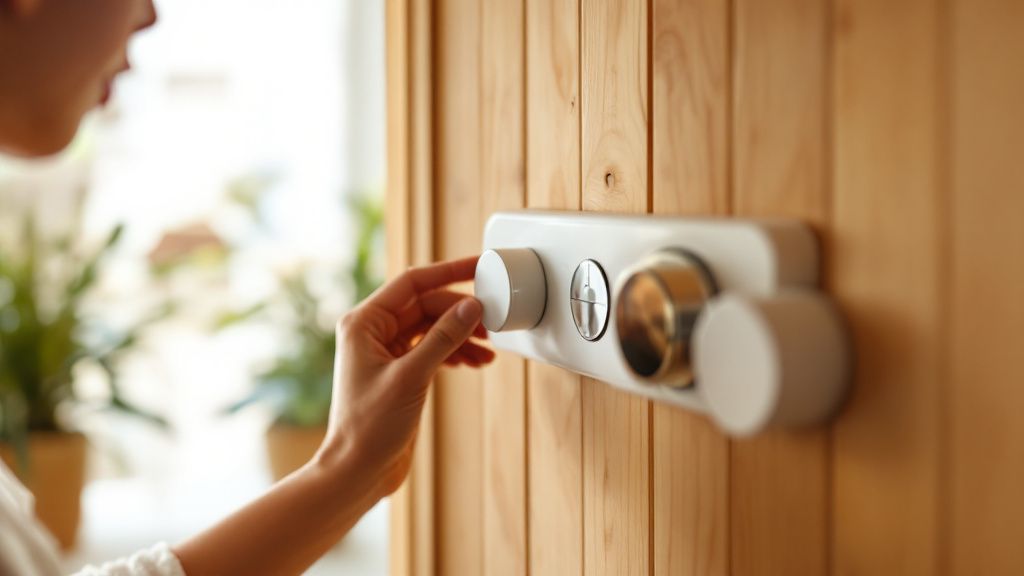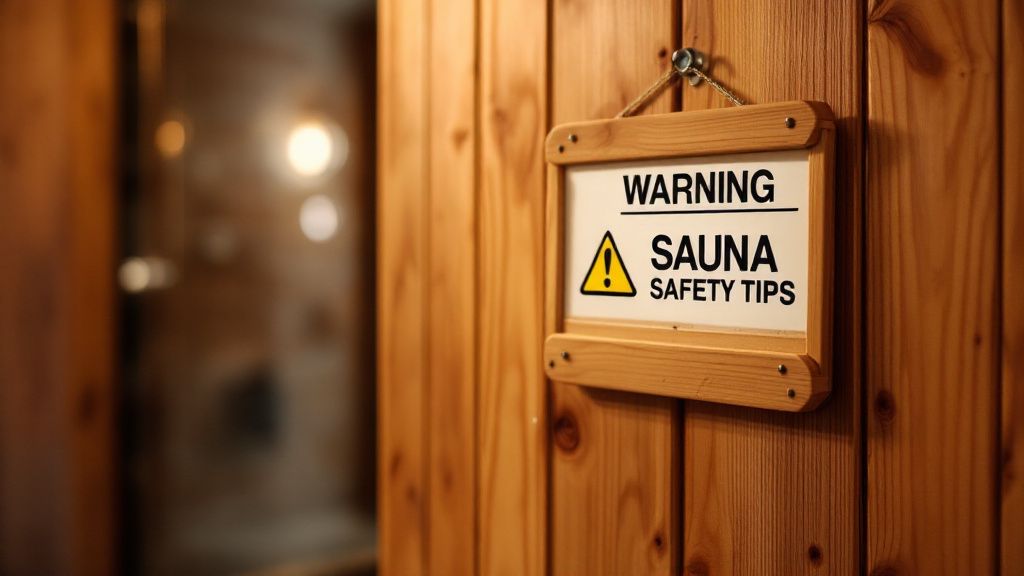Exploring the ideal temperature for your sauna experience is crucial to maximizing its benefits. As you step into the steamy environment, the right sauna temperature is your guide to relaxation and detoxification. Generally, a range of 150 to 195 degrees Fahrenheit is considered optimal, allowing for a comfortable yet effective session. It's important to listen to your body; if you’re new to saunas, starting at the lower end of the range might be more suitable. Engaging with the ideal sauna temperature not only promotes physical well-being but also enhances mental clarity as you unwind in this age-old holistic practice.
The Science Behind Sauna Heat
Understanding the impact of sauna heat on your body involves exploring how varying temperatures influence health benefits. As the heat envelops you, your core temperature rises, mimicking a mild fever, which strengthens your immune system. The hotter the environment, the more intense the physiological response, but finding the ideal sauna temperature regulates this process effectively, ensuring comfort while promoting perspiration and detoxification.
When you enter a sauna, your heart rate elevates, increasing blood circulation throughout your body. This boost in circulation can improve cardiovascular health and provide a sense of relaxation. However, maintaining a suitable sauna temperature is essential to avoid overexertion and to achieve the soothing effects associated with sauna use.
A well-chosen sauna temperature can also enhance metabolic rate and aid in weight management. As your body works to cool itself down, it burns more calories, similar to a light workout. For example, a Finnish study found that regular sauna use was linked to a reduced risk of cardiovascular diseases. This demonstrates how effective the right sauna environment can be in promoting overall health.
The science behind sauna heat also delves into muscle relaxation. The heat facilitates the release of endorphins, natural pain relievers, which can alleviate muscle soreness and joint pain. Athletes often incorporate saunas into their recovery routines to benefit from this aspect. Heat encourages blood flow and helps bring fresh oxygen to strained areas, promoting faster recovery.
In addition to physical benefits, sauna heat impacts mental well-being by reducing stress levels. The ambient warmth encourages relaxation, while the meditative atmosphere aids in mental clarity and stress relief. Engaging at an ideal sauna temperature allows you to embrace these holistic advantages, leaving you revitalized and re-energized.
Benefits of Different Temperatures
Exploring the benefits of different sauna temperatures reveals how each setting can uniquely enhance your experience. Lower temperatures, generally ranging from 120 to 150 degrees Fahrenheit, provide a gentle introduction to regular sauna use. These temperatures are particularly advantageous for easing stress and promoting relaxation, making them perfect for those seeking a tranquil escape from daily pressures.
Moderate temperatures, typically falling between 150 and 170 degrees Fahrenheit, extend the relaxation benefits while ramping up physical rewards. At these settings, you can enjoy improved circulation and a gentle boost to your metabolism. Saunas at moderate heat are ideal if you're looking to elevate your physical health without the strain of enduring higher heat levels.
Higher temperatures, from 170 to 195 degrees Fahrenheit, intensify the sauna experience, enhancing detoxification and cardiovascular benefits. The intense heat triggers more pronounced sweating, flushing out toxins and boosting heart rate, akin to a mild cardiovascular workout. Ideal sauna temperatures within this range are recommended for seasoned sauna users looking to maximize physical benefits.
Did you know? A study revealed that 60% of regular sauna users reported improved mental clarity after sessions at higher temperatures. This statistic highlights how embracing different temperatures can not only affect physical well-being but also mental acuity. By choosing the right setting, you can tailor your sauna experience to meet your personal health and wellness goals.

Personalizing Your Sauna Experience
Creating a personalized sauna experience involves understanding how different temperatures cater to your individual preferences and health objectives. By adjusting the sauna temperature to match your comfort and goals, you can tailor each session to optimize both relaxation and physical benefits. Whether you're a beginner or an experienced sauna user, fine-tuning the heat setting ensures that each visit is uniquely rewarding.
Adjusting other elements, such as session duration and frequency, further personalizes your experience. Some may prefer shorter, more frequent sessions at moderate temperatures, whereas others might enjoy longer, intense sessions at higher temperatures. Experimenting with these variables enables you to craft an experience that best suits your lifestyle and enhances your well-being.
Looking ahead, sauna personalization is expected to evolve with technological advances. Innovations like digital controls and app integrations are paving the way for more precise temperature adjustments and session tracking, promising a more customized approach to your sauna journey. This progression indicates a future where your sauna experience is not only tailored to your preferences but also seamlessly integrated into your wellness routine.
With these innovations, personalizing your sauna sessions becomes increasingly accessible and effective. As technology continues to advance, you will have more tools at your disposal to create an ideal environment, ensuring that your sauna experience continues to be both enjoyable and beneficial to your health.

Safety Considerations When Using a Sauna
Understanding safety considerations is crucial when using a sauna. The ideal sauna temperature and duration should align with your health status and experience level, ensuring a safe and enjoyable session. Staying hydrated is essential, as saunas can lead to significant fluid loss through sweating. Drinking water before and after your session helps maintain balance and prevents dehydration.
Monitoring the duration of your sauna visit is also important. Beginners should start with shorter sessions, around 10 to 15 minutes, gradually increasing as you become more accustomed to the heat. It’s essential to listen to your body’s signals; if you feel dizzy or uncomfortable, you should exit the sauna immediately.
Looking at sauna use through the lens of cardiovascular health, we can see that moderate use can be beneficial, but it’s vital to consult a healthcare professional if you have existing heart conditions. This perspective highlights the importance of not only enjoying the benefits of a sauna but also ensuring your heart’s safety by following expert advice and recommended guidelines.
You should also consider the overall environment, ensuring proper ventilation in the sauna. Good airflow maintains air quality and prevents overheating, contributing to a safer experience. Posting safety instructions and making sure all users are aware of them enhances awareness and reduces risks, creating a harmonious and secure sauna environment.

